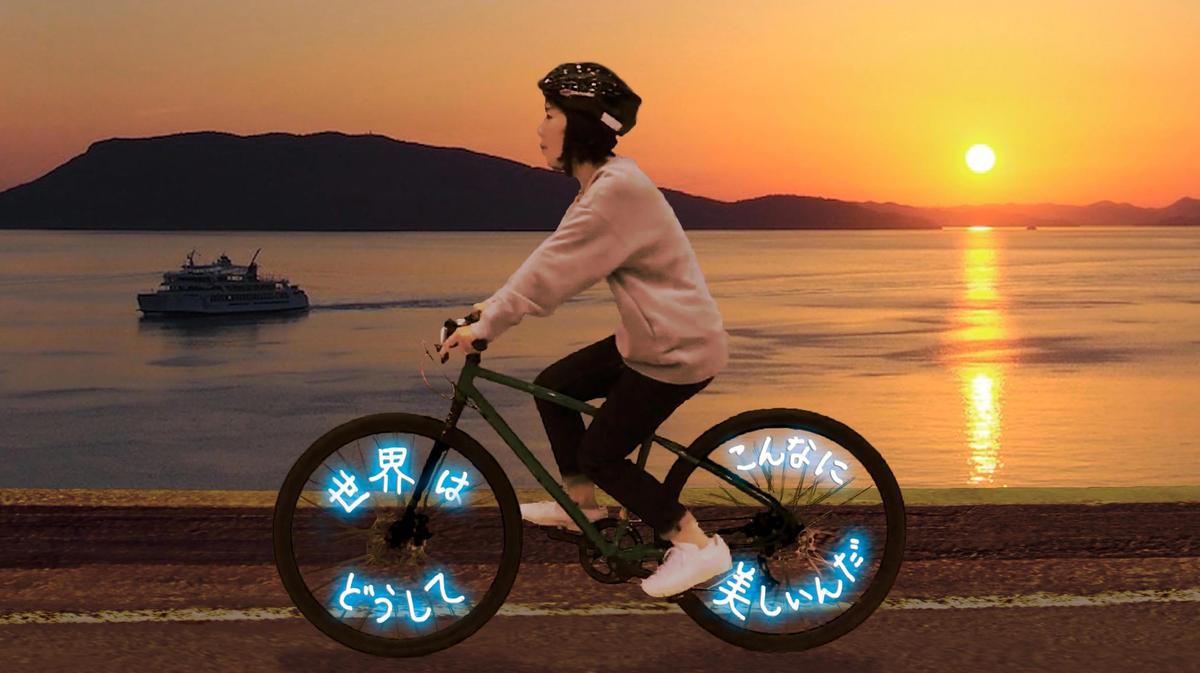Thirty years ago, the island communities of Japan’s Seto Inland Sea were economic and industrial wastelands, mired in the toxic legacy of reckless modernisation and teetering on the edge of demographic collapse. In short, a microcosm of modern Japan.
It was Soichiro Fukutake, the billionaire president of a publishing house, who first saw the potential in these increasingly barren islands. In 1988 he hired the architect Tadao Ando to design a space to house his extensive private art collection on the island of Naoshima, then home to a noxious metal refinery and a few fishing villages struggling to eke out a living from the contaminated waters.
The result, Benesse House, which opened in 1992, was the first evidence for Fukutake’s assertion that culture could transform landscape and economies. Fast forward 30 years, and Naoshima is an established destination for art lovers and tourists alike. The enormous Yayoi Kusama Yellow Pumpkin (1994) that greets visitors at the island’s harbourside has become a fixture of Instagram and tinder profiles worldwide, a visual shorthand for cultural aspiration.
Meanwhile, the Naoshima effect has established a model for social and economic transformation that is spreading to the other, similarly blighted islands nearby. The Setouchi Triennale, which has been running since 2010 and now in its fourth edition, is helping accelerate this transformation. This year, more than a million visitors are expected to make the journey to the Inland Sea to see around 200 works spread out across a dozen islands.
Tying together the diverse offerings is an emphasis on community, regeneration and the sea. Many of the works on show are displayed in—or even repurpose—the salt-stained, and weather-beaten wooden shacks that characterise the islands. The effect of this is to mine the pathos of depopulation and ruin in much the same manner that the islands were once quarried for stone and metal. Undercutting this underlying sense of loss, however, is the cheerful nature of so much of the work—such as Rintaro Hara and Yu Hara’s seven player ping-pong installation, Ping-Pong Sea on Megijima—the result of this cocktail is a kind of kitsch charm reminiscent of the English seaside. It is a compelling mix.
This year’s iteration of the festival incorporates works on the islands of Naoshima, Teshima, Shodoshima, Ogijima, Megijima, Inujima, Shamijima, Honjima, Awashima, Takamijima, Ibukijima as well as Oshima, a former leper colony, where the current inhabitants were all once patients. Works are also displayed in the adjacent ports of Japan’s inland sea, in Uno and Takamatsu—where stone figures by Julian Opie flank the route to the ferry terminus adjacent to the imposing ruins of the city’s castle walls.
The most accessible island remains Naoshima, which is just a 15-minute ferry ride from Uno with its connections via Okayama to Osaka and beyond. There, the island’s big draws, the Benesse House Museum, Chichu Art Museum and Shinro Ohtake’s charming art bath Naoshima Bath I❤湯 (I Love YU) are augmented by a number of performances, exemplified by the Naoshima Onna Bunraku, a traditional puppetry group who performed Dance of the Summer Breeze to mark the opening of the festival. The troupe is comprised solely of local women, and embodies the ethos of community engagement that the Triennale celebrates.
But the real purpose of the Triennale is to look beyond Naoshima—the island with the fewest festival-specific artworks—to some of the less visited isles. On Ogijima, Sarah Westphal’s eery video installation The Sea Within – the See Within draws inspiration from the legacy of fishing on the islands. Similar themes are tackled by Yasuaki Igarashi in Sora Ami: Knitting the Sky, a gorgeous technicolour patchwork of torn fishing nets strung out like a badminton net along the shore of Shamijima.
Meanwhile, on Shodoshima, the largest island in the Triennale, the Taiwanese artist Wang Wen-Chih has erected a monumental dome structure, Love in Shodoshima, woven from more than 5,000 pieces of bamboo grown on the island. Also on Shodoshima and similarly impressive is the Chinese artist Xiang Yang’s enormous boat constructed out of cabinetry, The Shore Where We Can Reach.
Megijima, one of the smaller but most atmospheric islands has some of the most powerful work; here, the Little Shops on the Island project repurposes an old community hall turning it into eight specific installations. Among these, Aiko Miyanaga’s Hair Salon Kotobuki uses the mirrors of a closed barbershop to reframe visitors’ views of the sea, creating the optical illusion of infinite depth and emphasising the ocean’s timelessness in a manner that recalls Hiroshi Sugimoto’s seascapes.
In the same complex is Japanese contemporary art duo Mai Yamashita and Naota Kobayashi’s hypnotic video installation. This work, How Beautiful the World Could be, takes its title from a quote by holocaust survivor Viktor Frankl, and features a single tracking shot of a bicycle gliding along a coastal road at sunset, its crackling wheels lit up with the Japanese translation of Frankl’s words. It is one of the most arresting pieces at the Triennale, as well as the most apt summary of the hope first inspired by Naoshima, and now beginning to spread across the region.
• The Setouchi Triennale runs over nine months in three parts: Spring Encounters, 26 April-26 May; Summer Gatherings, 19 July-25 August; and Fall Expansions, 28 September-4 November


